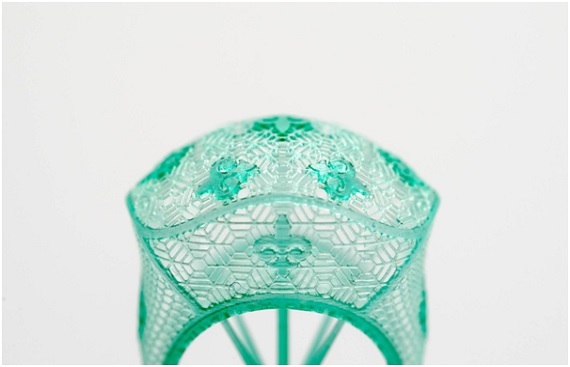Everything you should know about resin 3D printing

If you have created a 3D design and now want to actually produce it, you could use a CNC machine shop. This company is able to produce parts with the help of several different manufacturing processes, including a CNC prototype service for example. However, this is not always the right option. In some cases, it might be better to employ a 3D printing service. By doing this, you enable yourself to 3D print a product you have designed before. This part could be made of both metal or plastic. On top of that, a resin 3D printer might be used too. Below you can learn more about resin 3D printing.
How does a resin 3D printer work?
A resin 3D printer creates 3D parts by curing liquid resin, which is done layer by layer. Afterwards, the build plate is dipped into a resin tray. By doing this, the object will be created upside down. Once a certain layer has been cured, the build plate is raised a bit. The next layer will then start to cure.
How do you use a resin 3D printer?
Like traditional 3D printing, the object you have designed must be sliced. This can be done with a slicer. It is essentially possible to use nearly all common 3D file types, but you have to make sure that the final sliced file type functions well with the 3D printer at hand. After you have sliced your 3D part, you can load it onto the resin 3D printer. Subsequently, select this object and start printing.
What kind of resin 3D printers are there?
There are a few different types of resin 3D printers available nowadays, although two kinds absolutely dominate the market at the moment: DLP and SLA 3D printers. DLP is the abbreviation of Digital Light Processing, while SLA stands for Stereolithography. Both options use liquid resin in order to produce parts layer by layer.
How long do resin 3D printers cure?
The slicing software determines the cure time on resin 3D printed parts. In fact, you can decide how long the layers are cured yourself by adjusting the exposure time. This is useful as you might want to add a higher cure time to the initial layers, so the adhesion to the build plate is improved. Usually an exposure cycle lasts around 10 to 15 seconds per layer.
What kind of resin is used?
Most resin 3D printers use photopolymer resin. There are a wide range of manufacturers that produce photopolymer resin, while there are a lot of different options too. Some are even translucent for example. You should contact the 3D printer manufacturer to see which kind of resin they recommend.
How long does resin 3D printing take?
Resin or SLA 3D printing takes about as long as FDM 3D printing on average. However, you can adjust this yourself by changing the exposure time in the slicer settings. Ultimately, this will determine how long your part will take to 3D print.
